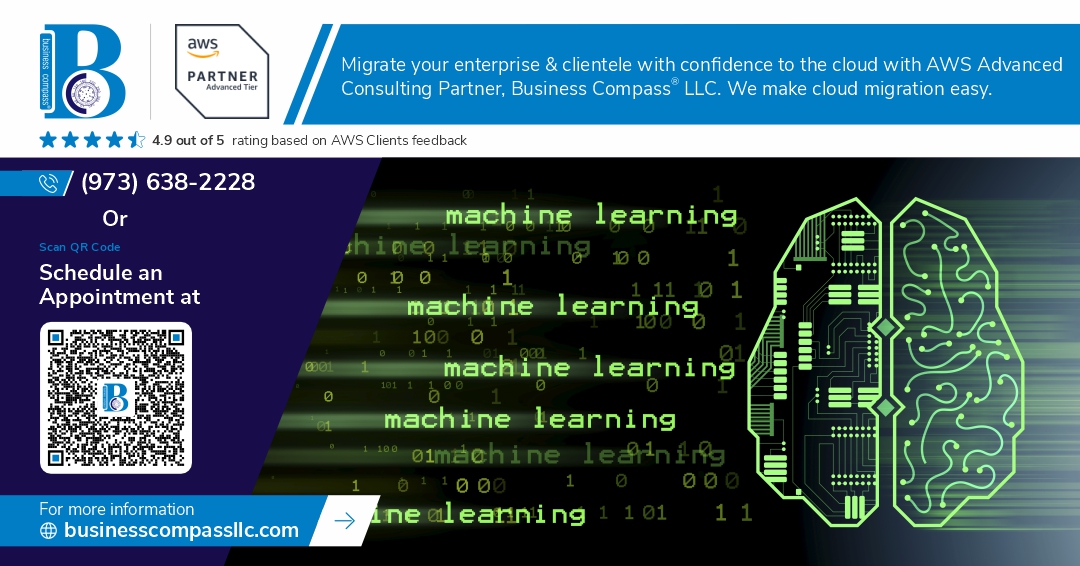Machine Learning productionization: Challenges, Solutions, and Tools You Need
Introduction
Taking machine learning (ML) models from the lab to production is one of the most critical and challenging steps in the ML lifecycle. While developing an ML model might seem hard, productionizing it brings a whole new set of complexities around deployment, monitoring, scalability, and lifecycle management.
This guide explores the common challenges in ML productionization, outlines best-practice solutions, and highlights the essential tools every data science team should consider for a robust deployment pipeline.
Common Challenges in ML productionization
1. Environment Discrepancies
ML models often work in development environments but fail in production due to differences in infrastructure, dependencies, or data pipelines.
2. Data Drift and Concept Drift
Over time, the data feeding your model in production may diverge from the training data. This results in degraded performance and eroded trust in predictions.
3. Scalability and Latency Constraints
Serving models at scale—especially in real-time—requires infrastructure optimized for performance and reliability. Latency constraints are particularly crucial for customer-facing applications.
4. Monitoring and Observability
Unlike traditional software, ML systems must be monitored for input data quality, prediction accuracy, model drift, and bias. Standard logging and metrics tools often fall short.
5. Model Versioning and Lifecycle Management
Managing different versions of models and deploying updates without disrupting services is non-trivial. It also involves tracking model lineage and metadata.
6. Security and Compliance
Sensitive data, model privacy, and audit trails must be handled carefully to comply with regulations such as GDPR, HIPAA, or internal governance policies.
Best-Practice Solutions
1. Use Containers and Infrastructure-as-Code (IaC)
Containers (e.g., Docker) help maintain consistency between development and production environments. IaC tools like Terraform or AWS CloudFormation allow for reproducible and scalable infrastructure.
2. CI/CD for ML (MLOps)
Implement CI/CD pipelines tailored for ML workflows using tools like GitHub Actions, GitLab CI, or Jenkins with ML plugins. This includes steps like data validation, model testing, and automatic deployment.
3. Adopt Data and Model Monitoring
Use specialized platforms like Evidently AI or WhyLabs to track data drift, outliers, and model performance over time. This enables quick intervention before issues escalate.
4. Feature Stores and Model Registries
Tools like Feast (for feature storage) and MLflow or SageMaker Model Registry (for model versioning) simplify sharing and reuse across teams and ensure traceability.
5. Automated Retraining Pipelines
Schedule retraining jobs based on drift detection or performance metrics. Combine this with model validation pipelines to decide whether to push updated models automatically.
6. Secure Model Endpoints
Use API gateways and authentication mechanisms to protect access to model endpoints. Implement throttling and rate-limiting to prevent misuse.
Essential Tools for ML productionization
1. MLflow:
Used for model tracking, logging, and registry. Helps manage the lifecycle of machine learning models.
2. Feast:
A feature store designed to provide consistent and reusable data for ML training and inference.
3. Kubeflow:
Enables orchestration of machine learning workflows on Kubernetes, supporting scalable pipelines.
4. Seldon Core:
Used to deploy, scale, and monitor machine learning models in Kubernetes environments.
5. Triton Inference Server:
Supports optimized inference for models across multiple frameworks (e.g., TensorFlow, PyTorch).
6. TensorFlow Serving / TorchServe:
Specialized serving tools for TensorFlow and PyTorch models enable production-ready inference.
7. Prometheus + Grafana:
Tools for collecting and visualizing infrastructure metrics to ensure system health and performance.
8. Evidently AI / WhyLabs:
To ensure reliable ML performance, help monitor data quality, and detect model or data drift over time.
Conclusion
Productionizing machine learning is a multifaceted challenge that requires more than good models. It demands robust infrastructure, cross-functional collaboration, and the right tools and processes.
By understanding the challenges and strategically adopting the best solutions and tools, teams can bridge the gap between experimentation and impact—ensuring that ML projects deliver real business value.

Comments
Post a Comment